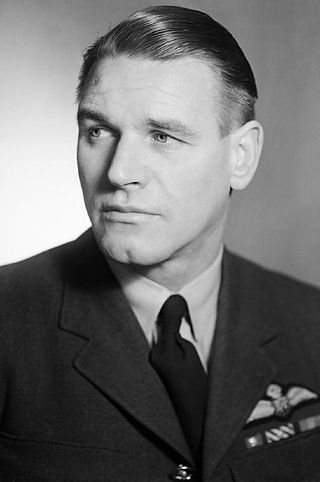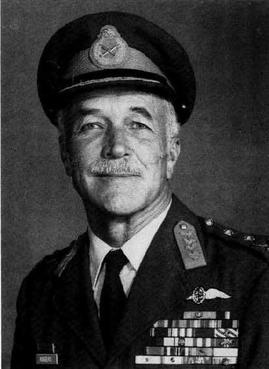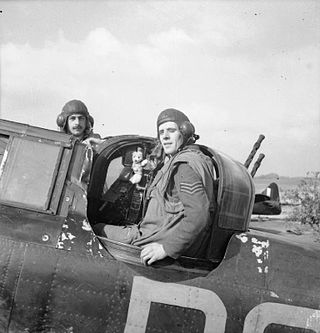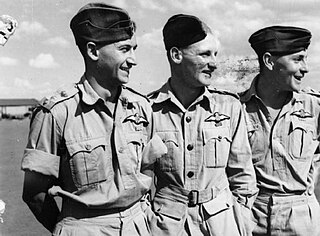This is a list of fighter aces in World War II from South Africa.
Contents
| Name | Kills | Squadrons | Awards | Notes |
|---|---|---|---|---|
| Bailey, James R A | 6½ | 264, 85, 125, 600 | | Flew in Battle of Britain . Night fighter ace. Died 29 Feb. 2000. [1] |
| Barber, Maurice C H | 3 [2] | 250 Sqn RAF and 450 Sqn RAAF | | Although it was considered to have achieved 5 wins, it seems that this total is only 3[ citation needed ] |
| Bosman, Andrew [3] | 10½ | RAF: 72 Sqn; SAAF: 1 Sqn, 2 Sqn & 4 Sqn | | |
| Botha, Adriaan Jacobus "Attie" [3] | 5 | SAAF: 1 Sqn | KIA 14 June 1941 | |
| Botha, Louis Cecil "Cookie" [4] | 5 | SAAF: 5 Sqn | KIA 17 June 1942 | |
| Boyle, Brian John Lister "Piggy" | 5½ | SAAF: 1 Sqn | | |
| Bremner, Thomas Dick "Dikkie" | 6 | SAAF: 5 Sqn, 12 Sqn | | |
| Clements, Reginald John | 2 & 2 shr. | No. 227 Sqn RAF. | ||
| Collingwood, Robert Joseph Peter | 5 | RAF: 82 Sqn & 152 Sqn, SAAF: 1 Sqn | | |
| Cooke-Botha, Louis C | 5 | SAAF: 5 Sqn | | |
| Courtney, Tyler J | 5 | SAAF 5 Sqn | | |
| Davis, Carl Raymond | 9 | RAF: 601 Sqn | | KIA 6 September 1940 |
| Dexter, Peter Grenfell | 5 | RAF: 16, 54, 603 & 611 Sqn | | KIFA 14 July 1941 |
| Driver, Kenneth Weekes [5] | 12 | SAAF: 1 | | |
| Duncan, Andrew | 5½ | SAAF: 1 and 5 | | |
| Duff-Richardson, Melville | 5 | SAAF: 4 Sqn | | |
| Faure, Johannes Morkel [4] | 5½ | RAF: 92 Sqn; SAAF: 1 and 4 Sqns | | |
| Frost, John Everitt [3] | 15 | 3 and 5 SAAF | | |
| Gaynor, John Henry | 5½ | 1, 2 and 7 SAAF | | |
| Golding, Douglas William [3] | 9 | 4 SAAF | | |
| Haysom, Geoffrey | 6 | 79 RAF | | |
| Hewitson, John Loch | 5 | 1, 4 and 5 SAAF | | |
| Hojem, R C | 4 | 2 and 5 SAAF | | |
| Hugo, Petrus Hendrick "Piet" | 17 & 3 shr., 3 prob., 7 dmg. | 615 and 41 RAF | | |
| Human, Daniel William "Johnny" | 5 | 1, 2 and 5 SAAF | | |
| Johnston, George Robert A M | 9 & 2 shr. | RAF: 73 Sqn, 122 Wg. | | |
| Lacey, Dennis Vernon D [3] | 6 | 2 and 5 SAAF | | |
| Lardner-Burke, Henry Patrick | 8½ | 1, 19, 46, 126 and 222 RAF | | |
| Laubscher, Charles James | 4 & 2 shr. | RAF: 261 Sqn., 2 SAAF | ||
| Lewis, Albert Gerald [6] | 18 | 85, 249 | | |
| Lindsay, Vernon Mears L. [4] | 5 | 2 SAAF | | |
| Loftus, D H | 4 & 1 shr. | 2, 7 SAAF | | |
| Malan, Adolph "Sailor" | 35 | 74 RAF | | |
| Le Mesurier, G J | 3 | 1 SAAF | | Although credited with 6 this appears to be the sum of his kills and probables[ citation needed ] |
| Metelerkamp, Peter [4] | 5 | 1 SAAF | ||
| Morris, Douglas G "Zuba" | 5 | 406 RCAF | | |
| Morris, E J | 10 | 79, 238 and 250 RAF | | |
| Osler, Malcolm Stephen [3] | 12 | 145 and 601 RAF, 1 SAAF | | |
| Pare, Robin | 6 | 1 and 5 SAAF | | |
| Pattle, Marmaduke "Pat" | 41 | 80 and 33 RAF | | KIA 20 April 1941 |
| Rabagliati, Alexander C | 7 | 46 and 126 RAF | | |
| Robinson, McClelland Eric S | 5½ | 1 SAAF | | |
| Le Roux, Johannes Jacobus | 23½ | 73, 91, 111, 602 RAF | | |
| Saville, Eric Cowley [3] | 8 | 112 and 260 RAF; 2 and 5 SAAF | | |
| Seccombe, J T | 3 | 1 SAAF | | |
| Smith, H F | 3 | 5 SAAF and 1 SAAF | KIA 25/03/1943 | |
| Stapelton, Basil Gerald "Stapme" | 6½ | 32, 247, 257 and 603 RAF | | |
| Starret, Harry | 6½ | 33 RAF | ||
| Talbot, Robert Henry [3] | 10 | 274 RAF and 1 SAAF | ||
| Theron, Servas van Breda | 10[ clarification needed ] | 250 RAF and 3 SAAF | | Aces High only credits him with 5 destroyed, 3 & 6 shared[ citation needed ] |
| Van Mentz, Brian | 7½ | 222 and 504 RAF | | |
| Wallace, Thomas Young | 8 | 111 and 610 RAF | | |
| Waugh, Lawrence Robertson S [3] | 6 | 417 and 601 RAF, 1 SAAF | | |
| Whiting, S R | 4 | 213 RAF | | |
| Wildsmith, H E N | 4 | 2 SAAF | | |
| Wilmot, Laurence | 4 & 1 shr. | 1 SAAF, 238 Wg, 322 Wg. | ||
| Wilson, Edward Taylor | 3 & 4 shr. | 1844 Sqn, FAA |












